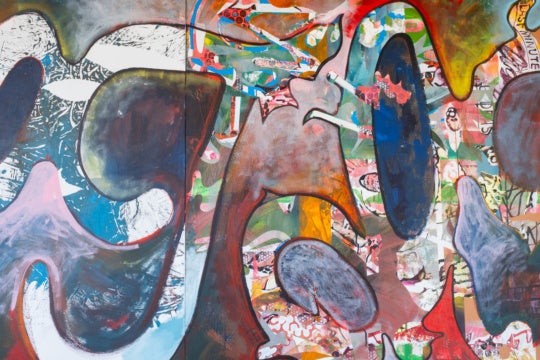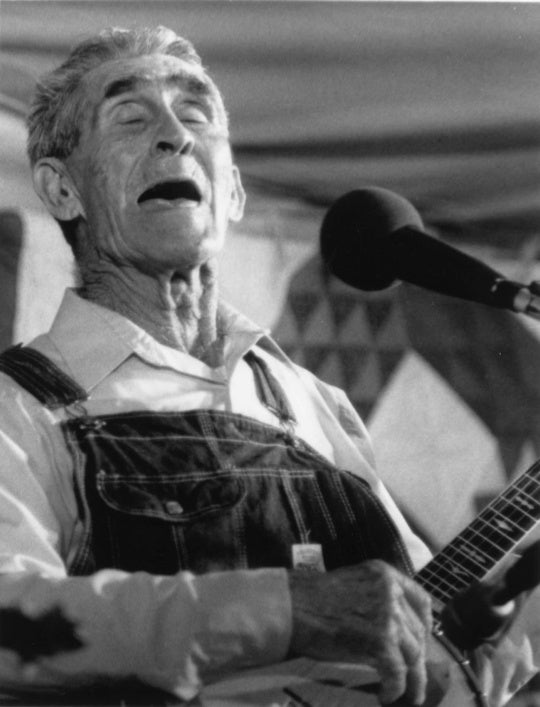
The Ogden Museum of Southern Art is home to a broad selection of art from across the region, but it also maintains a strong relationship with artists and themes important in its hometown of New Orleans. So with the 10-year anniversary of one of the nation’s worst tragedies approaching, the museum turned to its curator of photography, Richard McCabe, to reflect on the city’s transformation since Hurricane Katrina.
While New Orleans is facing a slew of “Katrina+10” commemorative events and journalism stories in the coming weeks, the Ogden’s exhibition “The Rising” takes the opportunity to measure the growth within the local photography community. McCabe says that the Ogden has already presented over 30 Katrina-related shows, six of them photo exhibitions, so he was wary of returning to the well again for more disaster-related photography.
“So, I thought, what can I do that’s metaphorical but not have to revisit the trauma of that event?” McCabe says. “Well, the positive aspect of the last 10 years, for me personally, has been the explosion of the art community in New Orleans, so I thought I’d just focus on that, mainly on the people who have moved here since the storm, the emerging photographers, some midcareer photographers, mostly ones that don’t have galleries.”
“The Rising” features 11 photographers whose work either changed course in post-Katrina New Orleans or who were drawn to the city in the tumultuous years of its recovery.
Sophie Lvoff’s large color photographs participate in an ongoing tradition of photographing in New Orleans: find something quirky and colorful to fit in the frame (like the distinctive ceiling of the Bywater neighborhood’s Saturn Bar) and let the longstanding character of the subject speak to the history of place and attitude. While some of her subjects are worn down and aged, Lvoff is focusing on the colors that are still vibrant and the shapes that have permanence while the city changes around them. “Like everybody who moves here,” McCabe says, “she was really taken by the lushness of the place.”
Lvoff’s photos are an inviting introduction to the rest of the exhibition and representative of most of the other artists selected. These photographers take lingering looks at personal but not necessarily private communities. New Orleans is often written or spoken of as if it has a collective voice, despite the city’s diverse subcultures and neighborhoods. The works selected tell individual stories and reflect on the photographers’ chosen methods, letting their landscape and portraits speak for themselves without relying on established mythology or staged magical reality.

For instance, Jonathan Traviesa’s black-and-white portraits of his friends and neighbors have been a mainstay of his journey as a photographer. In the years following Katrina, though, Traviesa began making portraits of the newest subculture to emerge from what began as a very small minority: people of Latin American descent who filled the massive demand for construction labor.
McCabe says, “These folks came to help in the reconstruction. Before the storm, Jonathan was focusing on his friends and the hipster crowd, but when the demographics changed after the storm, his work changed to reflect a new community in New Orleans.”




